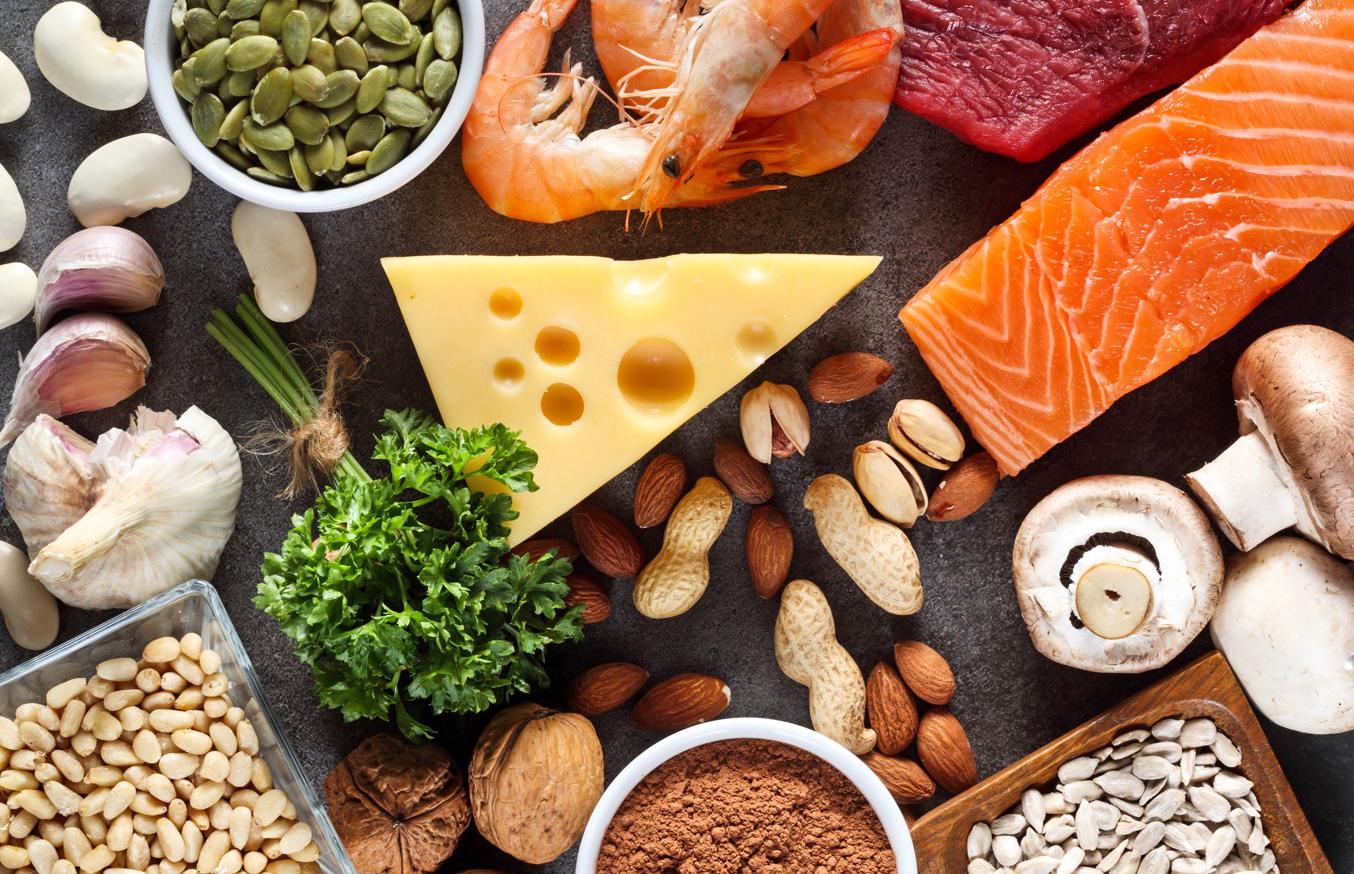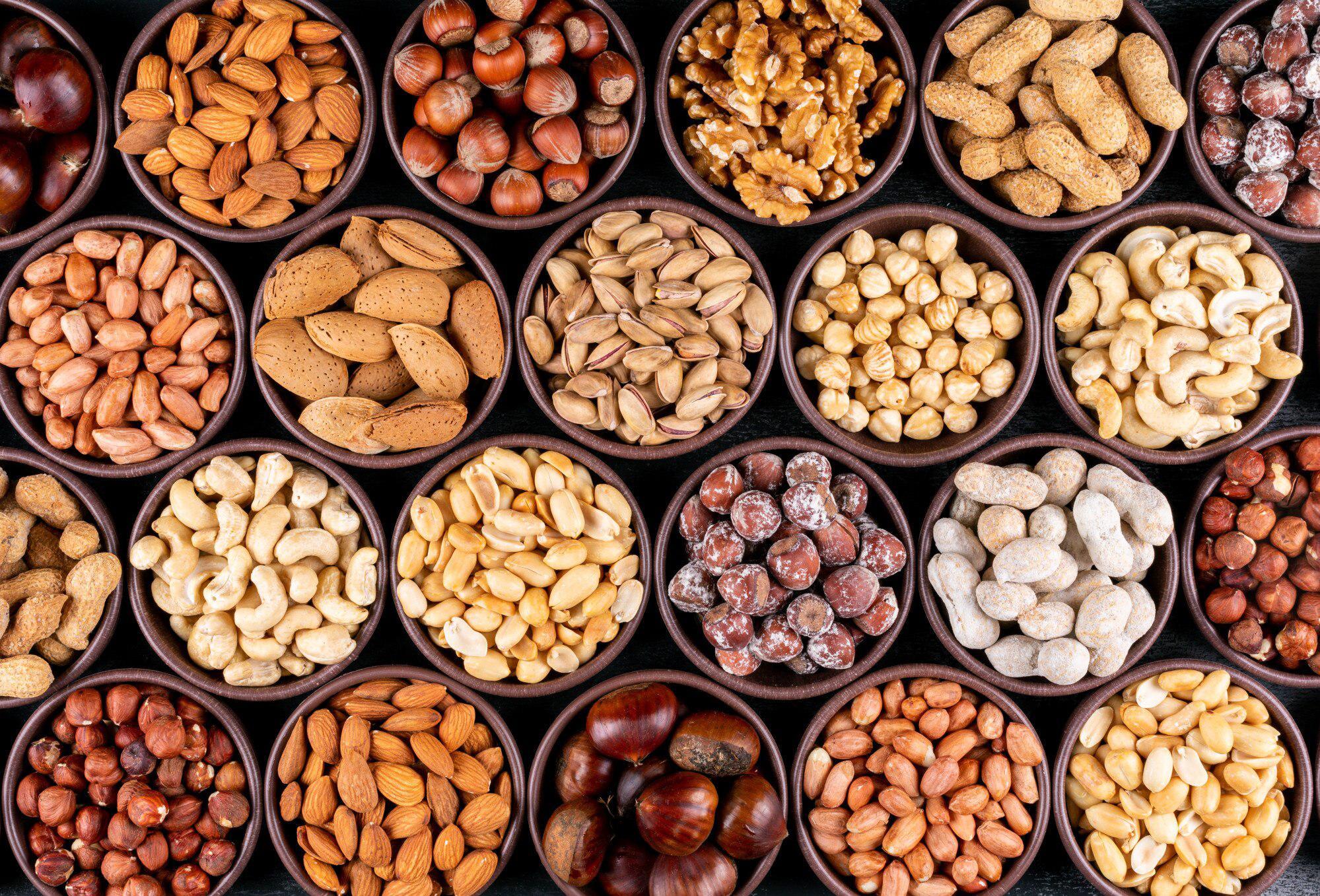
Which foods contain the most zinc and what interferes with its absorption – the answers to these questions are in the article.
- How is zinc absorbed?
- Which foods contain the most zinc?
- Expert commentary
Maria Volchenkova, nutritionist of the BestDoctor group of companies;
Inga Davtyan, dietician, nutritionist at the network of medical centers “Familiar Doctor”;
Mikhail Kutushov, toxicologist, corresponding member of the European Academy of Natural Sciences, candidate of medical sciences.
How is zinc absorbed?
Zinc should be taken separately from supplements containing calcium, iron, copper, manganese, vitamin B9, vitamin D
Zinc is the second most abundant micronutrient in the body after iron and is present in every cell (1). At the same time, the body does not produce or accumulate zinc, so its reserves can only be replenished with food. This important trace element can be found in products of both animal and plant origin. There are also various zinc supplements available, but these should only be taken after consulting a doctor.

What interferes with the absorption of zinc
- Protein deficiency. “This is why strict vegetarians often face zinc deficiency. The problem can be solved, but it’s worth remembering if you decide to give up animal products,” notes Maria Volchenkova.
- Phytic acid. “This antinutrient is found in grains and legumes. This does not mean that such products should be abandoned. This is simply another argument in favor of the fact that nutrition should be varied,” emphasizes Maria Volchenkova.
- Increasing calcium intake to 890 mg per day from milk reduces zinc absorption in postmenopausal women (2).
- Gastritis, enzyme deficiency, intestinal inflammation, liver disease, kidney failure.
- Alcohol abuse.
- Coffee and tea (due to caffeine).

10 foods rich in zinc

Nuts can also be an excellent source of zinc.
The recommended level of zinc intake for adults is 15 mg per day, and for children, depending on age, from 3 to 12 mg per day (3). Zinc can be found in many foods, and the good news is that most are easily accessible to include in your daily diet. These ten sources of zinc are real record holders.
1. Shellfish
Oysters contain the most zinc per serving; they are real champions among foods in terms of the content of this beneficial substance. Six medium-sized oysters contain 33 mg of zinc, more than double the daily value (4). And 100 g of Kamchatka crab will contain approximately 7.6 mg of zinc (5).
2. Beef meat
Pork, lamb and turkey contain a lot of zinc. The leader is beef (6 mg zinc per 100 g) (6). However, you shouldn’t overindulge in this source of zinc, as studies have linked eating red meat to an increased risk of heart disease and some types of cancer (7).
3. Chickpeas and other legumes
Just 100 g of beans, chickpeas or lentils will provide the body with 3 mg of zinc (10). But beneficial substances from legumes are not absorbed as well as from animal products. The fact is that they contain phytates, which are antinutrients that interfere with the absorption of zinc and other minerals (11). In other words, while legumes are an excellent source of zinc, they can’t beat meat or fish.
4. Hemp seeds
Just 100 g of hemp seeds contain 9.9 mg of zinc (12). This substance can also be found in sufficient quantities in pumpkin and sesame seeds (13), (14). In addition, the seeds contain fiber and vitamins important for digestion. True, not everyone likes to eat them on their own, but they are an excellent addition to salads, yoghurts or soups.
5. Nuts
Nuts can also be an excellent source of zinc. Particular attention should be paid to cashews: 100 g contain over 5 mg of zinc (15). For variety, you should alternate cashews with pecans, hazelnuts, almonds, walnuts and pine nuts.
6. Whole grain breads
Whole grains, such as bread, quinoa, brown rice, and whole oats help digestion and remove toxins, but not all of the zinc is absorbed from them. The fact is that whole grains also contain phytates, which interfere with their absorption (16).
7. Cheese
Among cheeses, the first place in terms of zinc content is shared by cheddar and parmesan (up to 5 mg per 100 g). In addition, cheeses are rich in calcium, phosphorus and vitamins, which speaks in favor of adding them to your diet more often (17), (18).
8. Eggs
Chicken eggs will help you replenish your daily requirement of zinc. Each yolk contains about 3 mg of zinc per 100 g. It is recommended to consume up to two chicken eggs per day (19).
9. Cocoa
100 g of cocoa powder contains about 6–7 mg of zinc, and in dark chocolate, for example, 3 mg, as well as calcium, phosphorus, magnesium and vitamins (20).
10. Vegetables
Vegetables are not the best source of zinc, but some of them can be a good alternative to meat and seafood if a person does not eat animal products. Thus, a regular large potato contains 1 mg of zinc (21). Beetroot or asparagus are also suitable sources of zinc.
Expert commentary
First of all, vegetarians, people with gastrointestinal diseases that prevent the absorption of minerals (including zinc), and people taking certain medications should pay attention to zinc levels.
Signs of zinc deficiency in the body
Why does zinc deficiency occur in the body?

